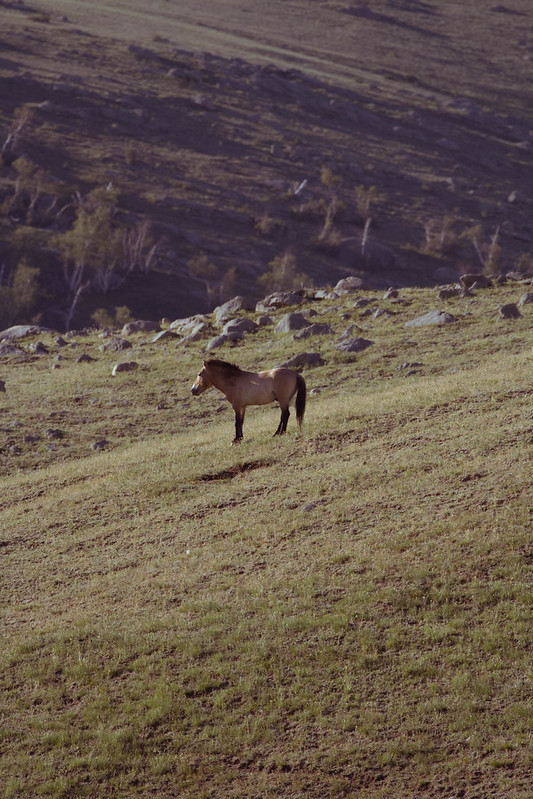Roving Jacobs
Seeing Spots
I mentioned this in another thread but decided it deserved its own post. Hopefully you all find this interesting!
In addition to running my sheep farm I'm getting a masters in biology. The program I'm in has optional summer trips that take the place of classes and after a lot of dreaming and talking with my family and scraping together the money I got to spend two weeks in Mongolia this June!

We spent time looking for endangered pallas cats, visiting nomadic herders, teaching kids, and seeing where the last truly wild horse species had been returned to the country after facing extinction.

I've never felt so at home in a country so far away. Turns out farmers are the same kind, generous people all around the world.

Let me know if you have any specific questions but otherwise I'll share some basics about my trip and Mongolia in general, as well as some of the (many) pictures I took!
In addition to running my sheep farm I'm getting a masters in biology. The program I'm in has optional summer trips that take the place of classes and after a lot of dreaming and talking with my family and scraping together the money I got to spend two weeks in Mongolia this June!

We spent time looking for endangered pallas cats, visiting nomadic herders, teaching kids, and seeing where the last truly wild horse species had been returned to the country after facing extinction.

I've never felt so at home in a country so far away. Turns out farmers are the same kind, generous people all around the world.

Let me know if you have any specific questions but otherwise I'll share some basics about my trip and Mongolia in general, as well as some of the (many) pictures I took!

























